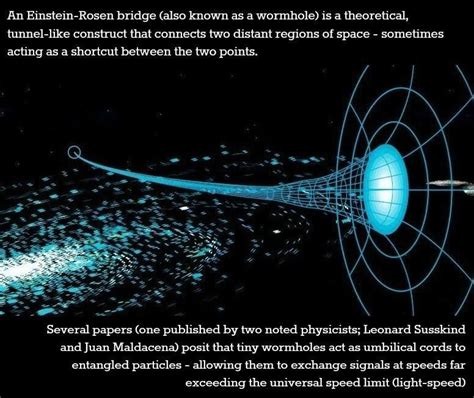The concept of black holes is now a cornerstone of modern astrophysics, yet it wasn’t always widely accepted. Even some of the most celebrated physicists, including Albert Einstein, exhibited skepticism towards the idea. This resistance was deeply rooted in both philosophical inclinations and the rigorous mathematical framework that underpinned early 20th-century physics. Einstein, for example, viewed the universe as delicately ordered and harmonious, a perception that black holes—with their seemingly chaotic nature and singularities—appeared to disrupt. Concerns about black holes were not just theoretical but also philosophical, raising questions about the nature of singularities and the limits of human understanding of the cosmos.
The mathematics behind black holes initially suggested counterintuitive phenomena. The term ‘singularity’ refers to a point where conventional laws of physics break down. As pointed out by multiple commenters, singularities represent regions where equations governing general relativity become infinite, a scenario that most physicists find ‘unphysical’. It was proposed that these singularities indicated flaws within our models rather than a depiction of physical reality. This skepticism is not unfounded; after all, the history of science is filled with instances where initial mathematical solutions were later revised with better understanding and improved theories.
The resistance to black holes also stemmed from the incomplete empirical evidence available during Einstein’s era. As one user remarked, contemporary evidence about black holes—especially their interiors—is still largely speculative. Observations like the event horizon have solidified the existence of objects that exhibit black hole-like characteristics, but the true nature of what lies within remains a theoretical playground. This comment underscores a critical epistemological issue: can we assert the existence of an astronomical phenomenon if we can only observe its influence and not its essence? For Einstein and many of his peers, the absence of direct empirical validation justified a cautious, if not skeptical, stance.
General relativity and quantum mechanics both predict the existence of black holes under extreme gravitational collapse. However, the two theories are notoriously difficult to reconcile, a challenge that stymied early 20th-century physicists. For instance, while general relativity permits singularities, quantum mechanics abhors the notion of infinite densities and unbounded spacetime curvature. This dichotomy suggests that any perfect theory of quantum gravity might fundamentally alter our understanding of black holes, potentially ‘removing’ singularities as one user confidently asserted. Quantum gravity theories, such as string theory, attempt to bridge this chasm, but they remain speculative and experimentally unproven, amplifying the initial skepticism held by Einstein and others.
One fascinating aspect raised in discussions is the notion that singularities merely reflect our lack of understanding rather than a genuine physical phenomenon. As researchers like Penrose and Hawking have demonstrated through their work, the idea of singularities could be an artefact—a placeholder for future discoveries that could demystify the core of black holes. Many modern researchers think of singularities as ‘unphysical’ due to these mathematical inconsistencies, and they are hopeful that new physics will eventually provide a clearer picture. Thus, the historical resistance can be seen as a natural part of scientific progress where old concepts are challenged and refined.
Interestingly, the debate over singularities isn’t only about black holes but extends to other astronomical phenomena like white holes, which today remain largely theoretical. Even within accepted frameworks, there are significant challenges. For example, Hawking radiation suggests that black holes evaporate over time, complicating the already intricate general relativistic models that predict perpetually stable black holes. The tension between what mathematics predicts and what physical reality might be like inside these enigmatic objects continues to be a frontier of scientific inquiry.
The resistance to black holes also offers lessons about the nature of scientific inquiry itself. It’s essential to understand that science progresses not merely through acceptance but intense scrutiny and oftentimes skepticism of new ideas. The early resistance to black holes wasn’t purely irrational obstinacy but a rigorous demand for empirical evidence and theoretical consistency. As we push the boundaries of physics further with advancements in detection technology like the Event Horizon Telescope or LIGO’s gravitational wave observatories, the scientific community remains engaged in a constant refinement of our understanding, much as Einstein and his contemporaries did. It’s this relentless pursuit of truth, through both acceptance and resistance, that propels scientific progress.


Leave a Reply